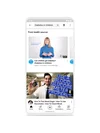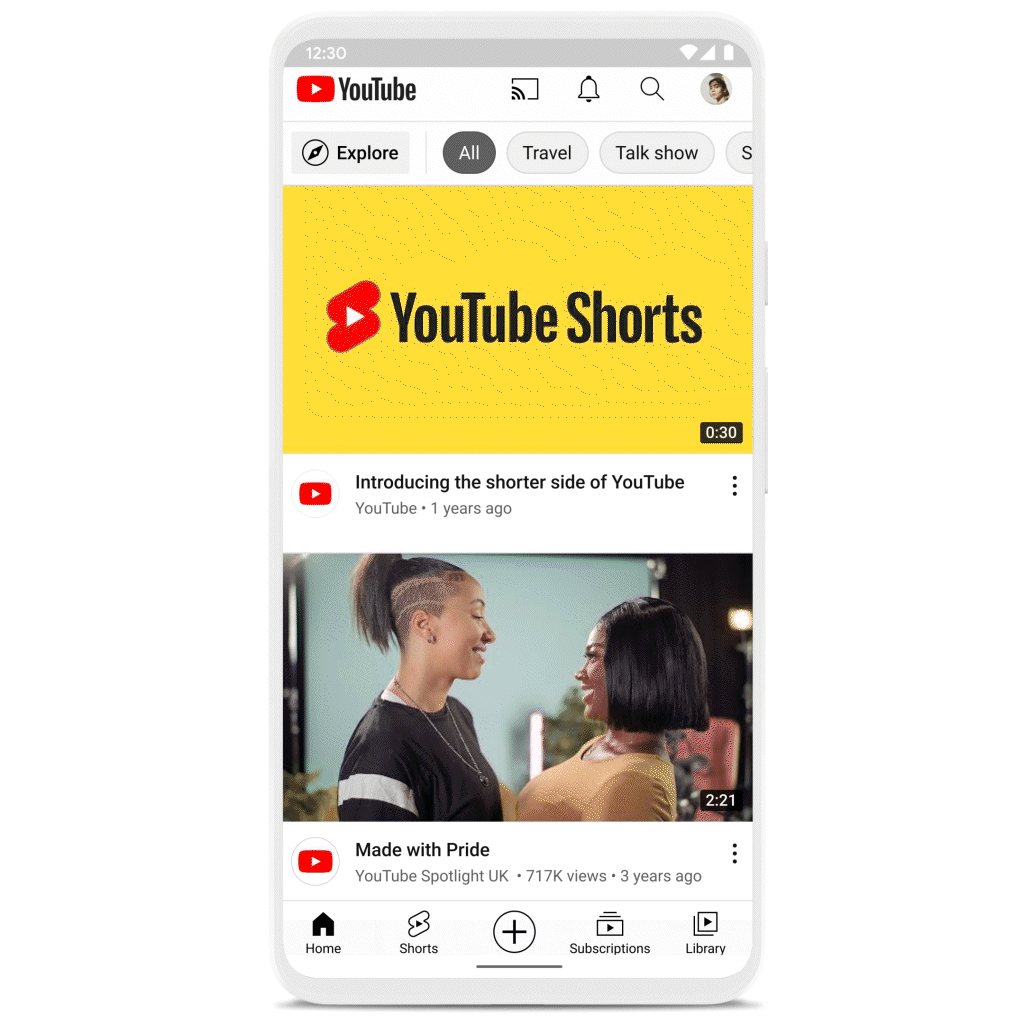New ways to answer your health questions in the United Kingdom
Jun 15, 2022 – [[read-time]] minute read

Jun 15, 2022 – [[read-time]] minute read
Every day, people use YouTube to ask questions and explore topics related to their health, and it’s vital that we ensure that they can find information from credible sources — especially during pivotal moments in their health journeys.
As a long-time public health clinician, I know how important it is to make sure that people can easily find high-quality, helpful information about health online. At YouTube Health, we’re constantly working to make it easier for people to find reliable information to help answer questions about their health. This includes partnering with leading health organisations to create and surface video content, and putting health professionals at the core of our efforts to connect people with helpful content.
We’re also expanding the use of product features to surface authoritative and relevant health information. Starting this week, people in the UK will see these new features next to some health-related searches and videos.
We’re adding health source information panels to help viewers identify videos from authoritative sources and health content shelves that more effectively highlight videos from these sources when you search for specific health topics. These context cues are aimed at helping people more easily navigate and evaluate credible health information.


We worked with the National Health Service (NHS) to develop an approach to informing which UK channels would be eligible for an information panel. This approach included the NHS reviewing a set of principles developed by an expert panel convened by the National Academy of Medicine (NAM) to evaluate these for the UK context, and publishing a Standard for Creating Health Content that outlines essential requirements and best practice guidance for organisations to follow in order to create high quality health content.
By completing the self-certification process, an NHS organisation channel will be eligible for the information panel indicating NHS credibility. As a starting point in the UK, only NHS organisations will be invited to self-certify against the NHS Standard for Creating Health Content.
The health content shelves will include videos related to the health topic you searched for and may include a mix of content from self-certified NHS sources and authoritative videos from other countries/regions that match your search language.
This approach for the UK was reviewed by the Academy of Medical Royal Colleges (AoMRC), which concluded that this approach helps give a solid basis for determining the authoritativeness of health sources on social media platforms.
I’m proud of the partnerships we’ve built over the last year with a range of national and regional NHS organisations, as well as with clinicians and creators, to further increase the accessibility of high quality health content on our platform.
Our partnership with Great Ormond Street Hospital for Children (GOSH), for example, has led to the creation of video series dedicated to health information for children, young people and their families. The series answers frequently searched questions around diabetes, depression, anxiety and more. The GOSH Young Person’s Forum (YPF) had early input into the video formats, and as Rosie, a YPF member who is now 18 and was an in-patient at GOSH, tells us, “having young people involved in the planning of these videos can help the important messages reach as many young people as possible.”
The next phase in health communication is video, where we can connect with people and answer their questions in a way that is both visual and personal.”
Dr. Garth GrahamI’ve spent my career trying to advance the ways that we can better reach people with the information they need to make the right health choices for themselves and their families, and I’ve had a front row seat as our approaches evolved from pamphlets handed out at doctor’s offices to online patient portals and telemedicine.
I believe that the next phase in health communication is video, where we can connect with people and answer their questions in a way that is both visual and personal. I joined YouTube Health because I believe that this platform, with 2 billion monthly active users, has the potential to be a transformative tool for public health and can positively impact communities at scale. We know that there is more work to be done and our investment will continue for the long term.